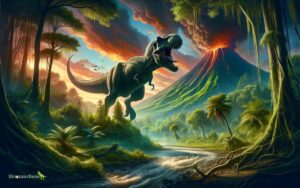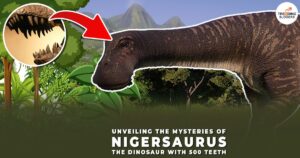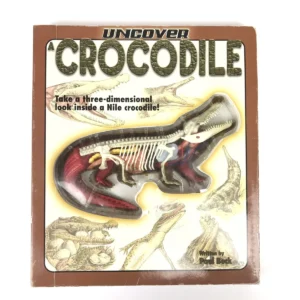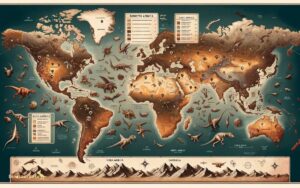How to Identify the Era When the Last Dinosaur Was Alive
The last dinosaurs lived during the late Cretaceous Period, ending about 66 million years ago. Researchers identify this timeframe through geological layers and radiometric dating.
Unraveling the timeline of dinosaur extinction is a fascinating journey into Earth’s prehistoric past. Scientists have pinpointed the era of the last dinosaurs using various techniques, such as studying the sedimentary strata where their fossils are found.
By examining the chemical composition of these layers and employing radiometric dating, they have accurately calculated that these magnificent creatures roamed the Earth until their sudden disappearance coinciding with the Cretaceous-Paleogene extinction event.
This period, characterized by significant volcanic activity, climate change, and an asteroid impact, marks a definitive endpoint to the Mesozoic Era, often called the “Age of Dinosaurs. ”
Understanding this timeline not only illuminates the history of these ancient reptiles but also helps us comprehend the evolutionary legacy they left behind.
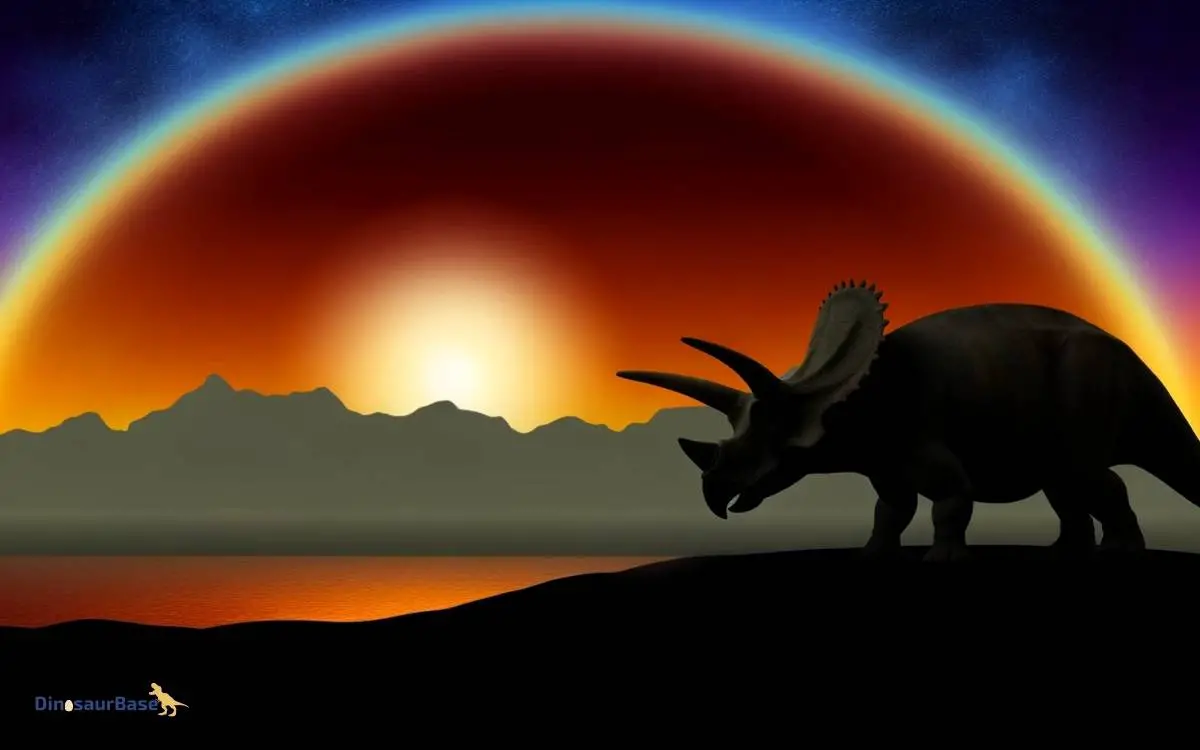
The Mesozoic Era: Age Of The Dinosaurs
/cdn.vox-cdn.com/uploads/chorus_image/image/70982513/dino_jasonraish.0.jpg)
Credit: www.theringer.com
The Mesozoic Era is a fascinating chapter in Earth’s history. This time, often called the “Age of the Dinosaurs,” spanned roughly 252 to 66 million years ago. It split into three distinct periods: Triassic, Jurassic, and Cretaceous.
These periods saw the rise, dominance, and eventual fall of the dinosaurs. Let’s delve into each period to understand when the last dinosaur roamed the earth.
Triassic Period
The Triassic marked the beginning of the Mesozoic Era. It started around 252 million years ago. Small dinosaur ancestors first appeared in this period.
The Triassic had desert-like climates and extensive landmasses. Dinosaurs were just emerging, paving the way for future giants.
Jurassic Period
The Jurassic is well-known for its gigantic sauropods and fierce predators. It began about 201 million years ago.
This period provided a lush environment for dinosaurs to thrive and evolve. Many famous dinosaurs, like Brachiosaurus and Allosaurus, lived during this time.
Cretaceous Period
The Cretaceous is the final chapter in the Mesozoic Era. It lasted from about 145 to 66 million years ago. This period saw a diverse range of dinosaur species.
The infamous T. rex and the horned Triceratops were Cretaceous dinosaurs. Flowering plants appeared, changing the landscape and the food chain for dinosaurs.
Extinction Event Marking The End
The era of dinosaurs ended with a massive extinction event. This event occurred about 66 million years ago. It wiped out almost all the dinosaurs.
Scientists believe an asteroid hit Earth, causing this extinction. Some dinosaurs survived and evolved into birds. Today, birds are the living descendants of those ancient creatures.
Geological And Fossil Evidence
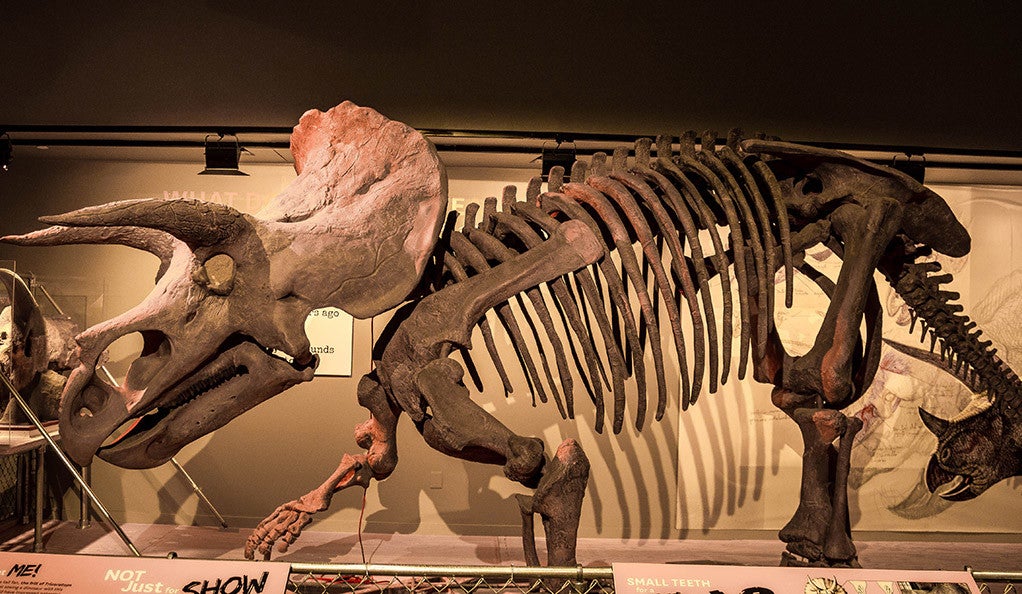
The last dinosaurs roamed the Earth millions of years ago. Identifying their era involves piecing together geological and fossil evidence. This scientific puzzle reveals when these magnificent creatures last existed.
Rock Layers And Radiometric Dating
Earth’s history is recorded in rock layers. Stratification, the layering of rocks, tells the story of different time periods.
- Deeper layers represent older eras.
- Top layers are more recent.
Radiometric dating measures radioactive elements in these rocks. It tells the age of the rock, and thus, the era when dinosaurs were alive.
| Rock Layer | Estimated Age |
|---|---|
| Cretaceous | 66 million years |
| Jurassic | 145 million years |
Fossil Records And Location
Fossils are the preserved remains of once-living organisms. We learn about dinosaurs by studying these fossils.
- Scientists examine fossil structures like bones and teeth.
- They compare locations where fossils are found.
Skeletons assembled from global fossil records give us a complete picture. They show what dinosaurs looked like and where they lived.
Fossil locations help determine climate and geological events of that era.
Biostratigraphy And Paleontology Insights
Understanding when the last dinosaur roamed our planet thrills both scientists and enthusiasts.
Biostratigraphy and paleontology offer crucial insights. These fields use earth’s layers and fossil records to unravel ancient mysteries.
Index Fossils And Stratigraphic Succession
Index fossils serve as time markers. They lived for a short period but spread widely. Paleontologists use them to age layers of rock.
This process is known as stratigraphic succession. It stacks rock layers by age. Older layers lie below younger ones.
Identifying these fossils needs careful study. The presence of a certain index fossil, like Ammonites, tells us the rock’s age. This tells us about the dinosaurs living then.
Key points in time get highlighted by these fossils. The last dinosaurs lived in the late Cretaceous Period. Index fossils from this time help find their final era.
Morphology And Evolutionary Patterns
Studying body structures tells us how creatures evolved. Paleontologists look at bone shapes and sizes. Morphology, or study of form, gives clues to animal lives.
- Dinosaur teeth shapes suggest what they ate.
- Leg bones reveal how they moved.
- Skull structures hint at their behavior.
These patterns point to evolutionary changes. It’s like a story of life over millions of years. Found fossils paint a picture of the shifting world. They show dinosaurs’ end and mammals’ rise.

Credit: study.com
The Role Of Climate And Environmental Change
Understanding the time when the last dinosaur roamed the Earth involves a journey back to a world of ancient climates and landscapes. Climate and environmental changes played a crucial role in shaping the era of dinosaurs.
These changes influenced food availability, habitat conditions, and ultimately the survival of these magnificent creatures.
Impact Of Volcanic Activity And Sea Levels
Volcanic eruptions were frequent and massive during the dinosaur era. They could alter the climate drastically.
Let’s explore two key ways volcanic activity could reshape the world of the dinosaurs:
- Ash and gas emissions: Volcanoes spewed tons of particles and gases into the atmosphere. This could block sunlight, causing “volcanic winters”.
- Greenhouse gases: Volcanoes also emitted greenhouse gases. These gases could warm the planet over time.
Sea levels, too, saw significant shifts. These changes impacted coastal ecosystems where many dinosaurs lived:
| Time Period | Sea Level Rise | Impact on Dinosaurs |
|---|---|---|
| Late Cretaceous | High | New marine habitats formed. |
| End of Cretaceous | Lowering | Coastal habitats shrank. |
Climatic Shifts Impacting Dinosaur Populations
Climatic shifts played a major part in the lives of dinosaurs. These shifts affected food chains and survival rates. The following points highlight these impacts:
- Temperature fluctuations: Dinosaurs experienced both intense heat and sudden cold spells.
- Precipitation changes: Rainfall patterns changed, affecting plants and herbivores at the base of the food web.
- Seasonal shifts: The lengths of seasons varied, altering migration patterns and breeding cycles.
Bold fluctuations in climate pushed dinosaurs to adapt or perish. These environmental challenges played a pivotal role in the twilight of the dinosaur era.
Mass Extinction Events And Their Markers
Our planet has witnessed dramatic mass extinctions. These events left unique markers in Earth’s geological record.
Scientists can read these markers like pages in a history book. To uncover the secrets of the last dinosaurs, these clues are vital.
The K-t Boundary And Iridium Layer
One of the most famous extinction indicators is the K-T (Cretaceous-Tertiary) boundary. This is a thin layer of sediment found worldwide.
It marks the end of the dinosaur era. A rare element, iridium, is found here. It’s not common on the Earth’s surface. The layer points to a massive asteroid impact.
This event likely caused vast destruction leading to the dinosaurs’ demise. The K-T boundary is a sharp line in the geologic record. It separates the age of dinosaurs from the age of mammals.
Global Effects And Evidence Correlation
The asteroid impact had global consequences. It triggered massive fires, tsunamis, and dust clouds. These events left a signature across the globe.
Scientists find similar evidence in different places. They connect the dots using soil samples, rock layers, and fossil evidence.
All these pieces tell the same story. They confirm the dramatic change in our planet’s history. The evidence includes:
- Magma flows in India
- High iridium levels in Italy
- Shocked quartz in North America
These events sealed the fate of the dinosaurs. They left behind a clear mark for us to discover.
Modern Research And Advanced Technologies
Discovering when the last dinosaur roamed Earth excites scientists and enthusiasts alike. Advanced technologies guide us closer to that moment in history. This journey into the past uses modern tools to unveil ancient secrets.
Satellite Imaging And Paleotopography
Today, satellite imagery offers a window into prehistoric landscapes. Paleotopography, or the study of ancient landforms, is key:
- Satellites map old rock formations where dinosaurs might have lived.
- High-resolution images reveal sediment layers to date their existence.
- Experts pair data with fossil records to determine habitats.
Using these methods, areas where the final dinosaurs survived come into focus.
Dna Analysis And Genomic Comparisons
Genetic material tells stories from the past. DNA analysis unveils relationships between species:
- Scientists extract DNA from ancient remains to build genetic profiles.
- Genomic comparisons with modern creatures highlight evolutionary paths.
- New techniques recover DNA fragments from even the smallest fossils.
This genetic detective work helps pinpoint when the last dinosaurs thrived.
Can Knowing a Dinosaur’s Daily Habits Help in Identifying the Era When the Last Dinosaur Was Alive?
Studying dinosaur daily habits guide paleontologists in determining the era of the last dinosaurs. By analyzing their feeding, nesting, and movement patterns, researchers can narrow down the time frame. Understanding these behaviors provides crucial insight into the environmental and ecological conditions of the era.
Frequently Asked Questions On How To Identify The Era When The Last Dinosaur Was Alive
What Era Were Dinosaurs Alive?
Dinosaurs thrived during the Mesozoic Era, which spanned from about 252 to 66 million years ago. This era includes the Triassic, Jurassic, and Cretaceous periods.
How Do We Know Dinosaurs Lived So Long Ago?
Dinosaurs lived millions of years ago, confirmed by dating fossils using radiometric techniques. These methods measure isotopic decay in dinosaur bones and surrounding rocks, providing reliable age estimates.
What Are The Eras Since Dinosaurs?
Post-dinosaurs, Earth has seen the Paleogene, Neogene, and Quaternary eras. Each marks significant evolutionary and climatic changes after the mass extinction event.
What Are The 4 Dinosaur Periods?
The four dinosaur periods are the Triassic, Jurassic, Cretaceous, and Paleogene. These eras mark significant epochs in prehistoric times, characterized by distinct dinosaur species.
Conclusion
Determining the last era dinosaurs roamed is fascinating. Utilize fossil records and geological tools to verify their time-stamp.
Embrace scientific advancements to refine your knowledge. This quest blends history with science, providing a clearer understanding of Earth’s prehistoric timeline. Keep exploring, for each discovery sheds light on our planet’s vast legacy.

